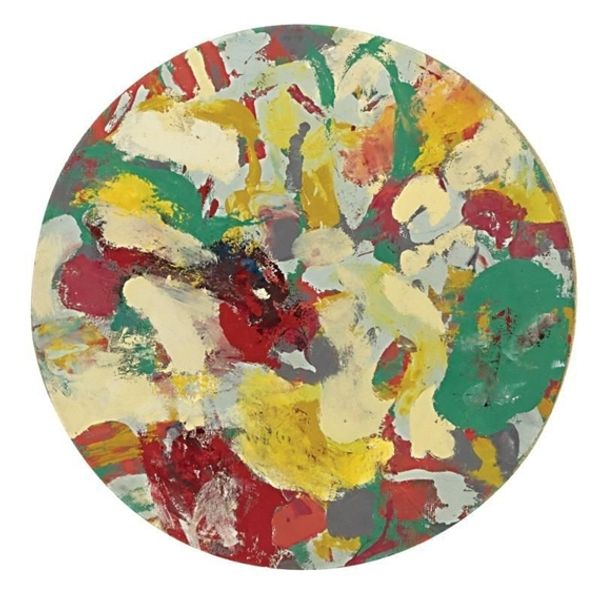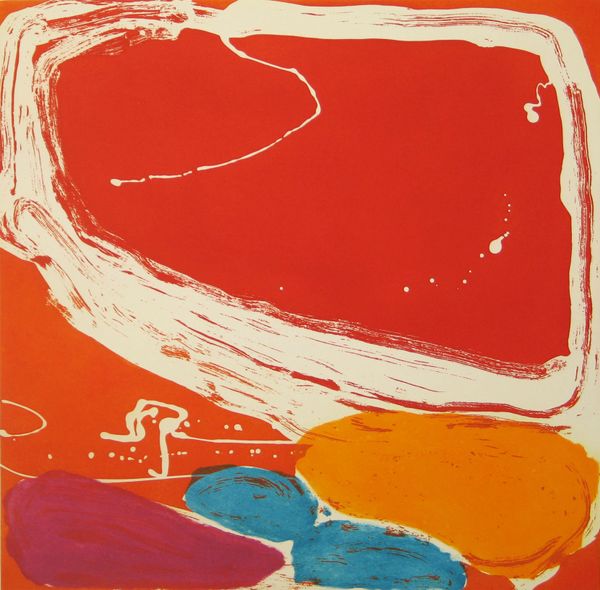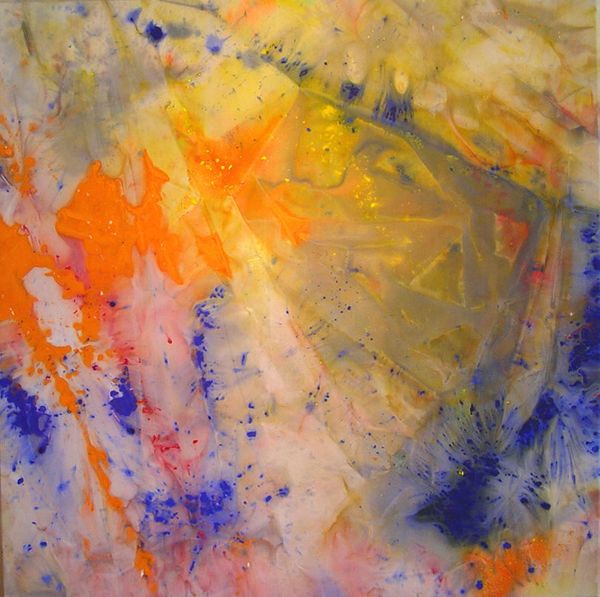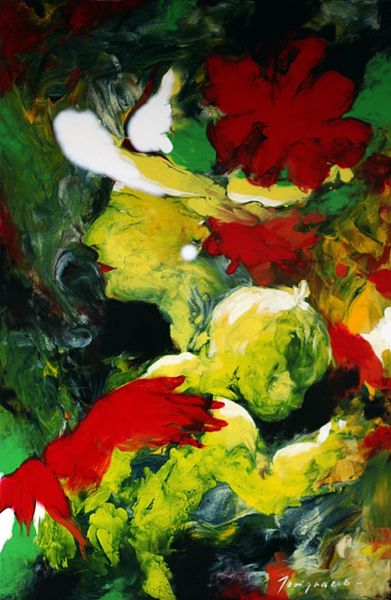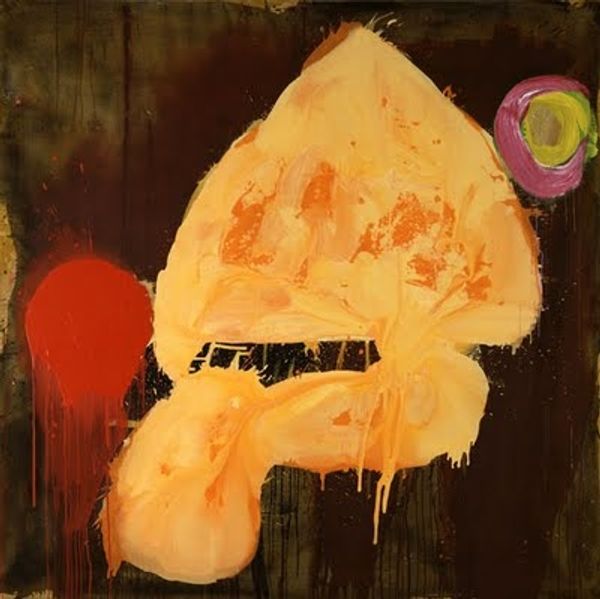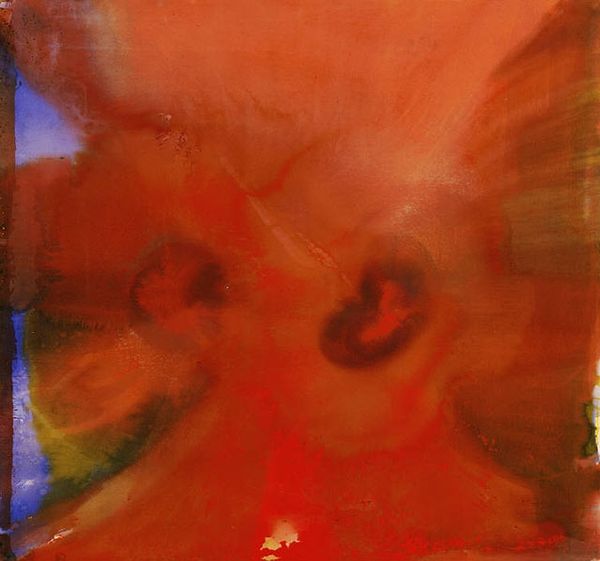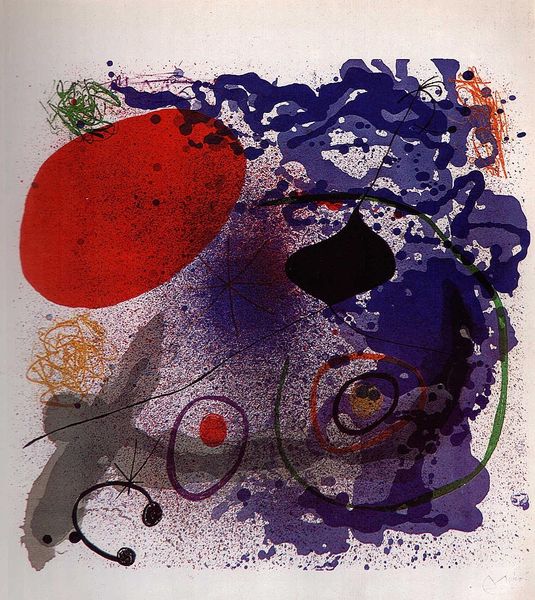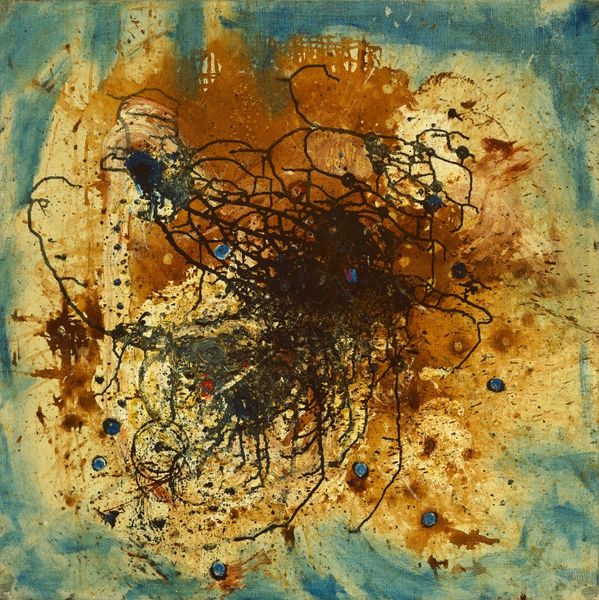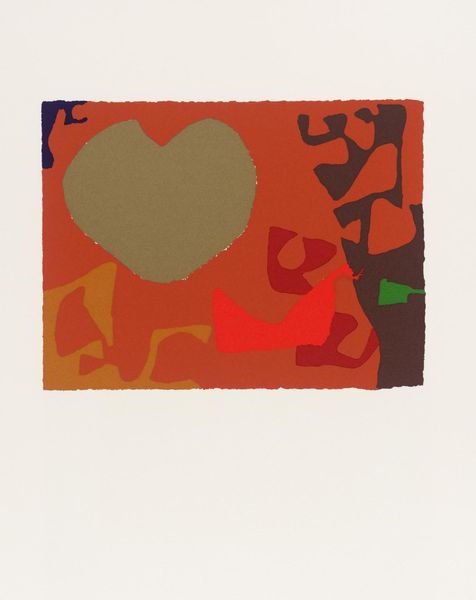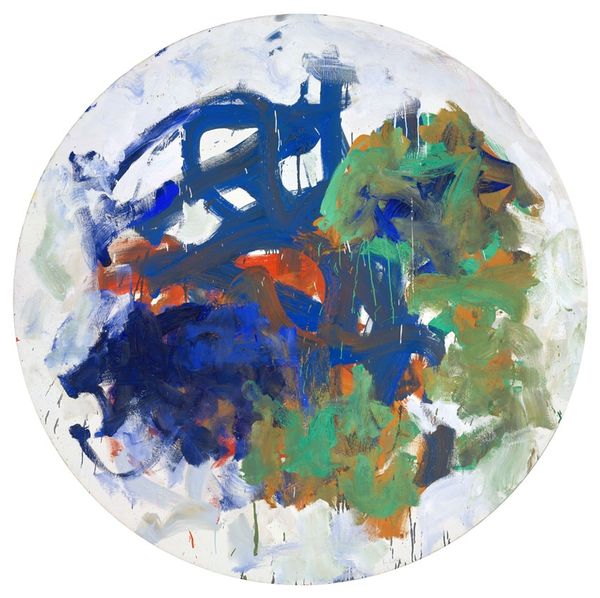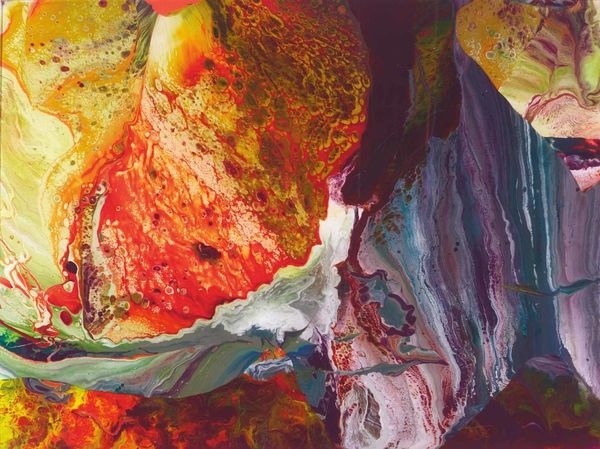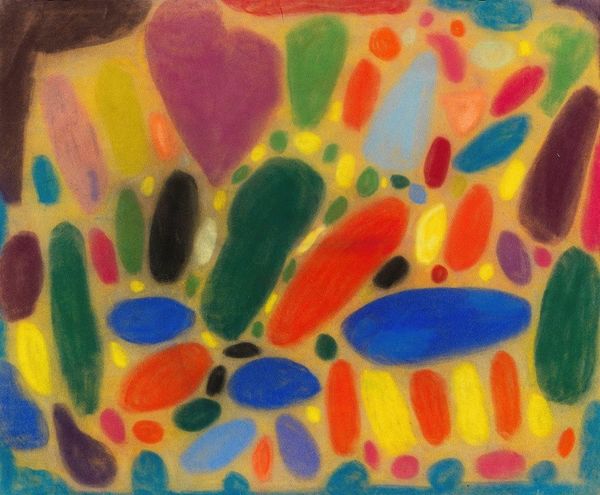
painting, oil-paint
#
painting
#
oil-paint
#
landscape
#
oil painting
#
france
#
academic-art
#
realism
Dimensions: 20 3/16 x 18 1/2 in. (51.3 x 47.0 cm) [framed]
Copyright: Public Domain
Curator: Rosa Bonheur’s "Palette," dating from the 1850s, is quite a singular artwork now housed here at the Minneapolis Institute of Art. What are your first thoughts on encountering this piece? Editor: My first thought is simply… what a waste of paint! I mean, look at those thick, almost sculptural daubs of color around the edges! There’s something inherently transgressive, but fascinating about using a tool to create…itself. Curator: It’s fascinating, isn't it? Beyond the overt representation of her own painterly apparatus, it gives insight into the academic realism and emerging landscape trends she navigated. Consider how paintings from this period and onward romanticized an engagement with nature. Editor: Right, and the palette itself—the very wood she worked with, saturated in pigment—becomes a sort of relic. A residue of artistic labor. Notice the layering. There’s a real sense of physicality, almost a dialogue between control and chaos. Curator: And a record, a social register almost. Bonheur challenged the Salon system. Showing at venues like this demonstrated the democratizing aspects of artistic practice outside traditional exhibitions. Think of all the women artists locked out of artistic development at this time. Bonheur, by contrast, sought direct experience in spaces like livestock fairs. Editor: Absolutely! It all circles back to materiality and accessibility. The oil paint—ground pigments in linseed oil—a transformative technology during this era that enabled a mobility of working never afforded before. And now this artifact resides as a testament to Bonheur's labor in making landscapes. Curator: Yes! Its legacy speaks not just of individual genius but of a socio-political act, democratizing production by claiming her status through skillful artistry. Editor: This offers an intimate glimpse into the artist's hand but seen within an intellectual framework that challenges notions of art as isolated self-expression. The waste becomes strangely productive, pointing to a dialogue with landscape, and the landscape is a dialogue with artistic status itself. Curator: It makes one reflect on how gender and the public reception of art reinforce or dismantle established societal roles. Food for thought when studying Bonheur’s process as an artist making choices. Editor: Exactly. An exquisite moment that merges technique with ideas of materiality itself!
Comments
minneapolisinstituteofart almost 2 years ago
⋮
The French painter Rosa Bonheur specialized in pictures of animals, which were celebrated for their vivacity and realism. She achieved international fame and became the first woman admitted to the French Legion of Honor in 1865. She was also openly gay, making her path to success in a male-dominated profession that much more groundbreaking. This was reportedly her personal painting palette for decades. When she completed a celebrated picture in 1855, her godson asked if he could have it. She quickly painted a deer in the forest on the palette's surface for him.
Join the conversation
Join millions of artists and users on Artera today and experience the ultimate creative platform.
